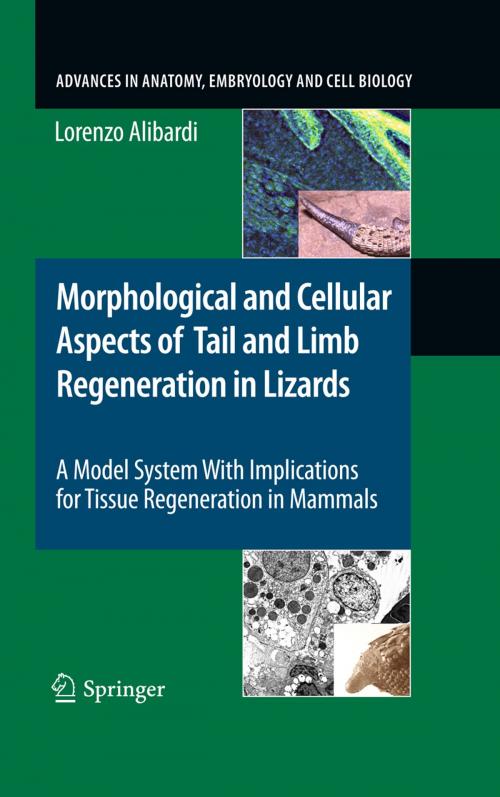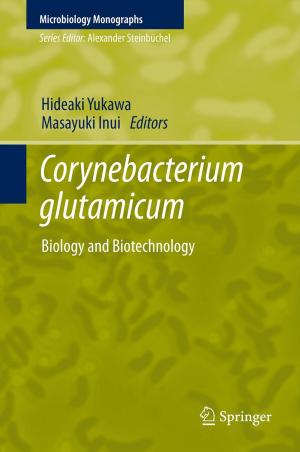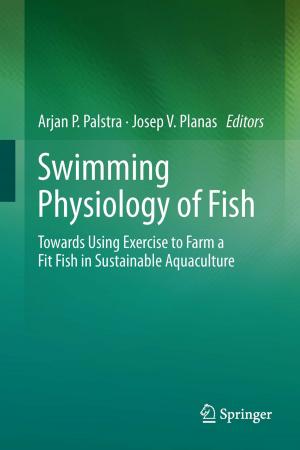Morphological and Cellular Aspects of Tail and Limb Regeneration in Lizards
A Model System With Implications for Tissue Regeneration in Mammals
Nonfiction, Health & Well Being, Medical, Reference, Research| Author: | Lorenzo Alibardi | ISBN: | 9783642037337 |
| Publisher: | Springer Berlin Heidelberg | Publication: | November 26, 2009 |
| Imprint: | Springer | Language: | English |
| Author: | Lorenzo Alibardi |
| ISBN: | 9783642037337 |
| Publisher: | Springer Berlin Heidelberg |
| Publication: | November 26, 2009 |
| Imprint: | Springer |
| Language: | English |
The present review covers a very neglected field in regeneration studies, namely, tissue and organ regeneration in reptiles, especially represented by the lizard model of regeneration. The term “regeneration” is intended here as “the ability of an adult organism to recover damaged or completely lost body parts or organs.” The process of recovery is further termed “restitutive regeneration” when the lost part is reformed and capable of performing the complete or partial physiological activity performed by the original, lost body part. Lizards represent the only amniotes that at the same time show successful organ regeneration, in the tail, and organ failure, in the limb (Marcucci 1930a, b; Simpson 1961, 1970, 1983). This condition offers a unique opportunity to study at the same time mechanisms that in different regions of the same animal control the success or failure of regeneration. The lizard model is usually neglected in the literature despite the fact that the lizard is an amniote with a basic histological structure similar to that of mammals, and it is therefore a better model than the salamander (an a- mniote) model to investigate regeneration issues.
The present review covers a very neglected field in regeneration studies, namely, tissue and organ regeneration in reptiles, especially represented by the lizard model of regeneration. The term “regeneration” is intended here as “the ability of an adult organism to recover damaged or completely lost body parts or organs.” The process of recovery is further termed “restitutive regeneration” when the lost part is reformed and capable of performing the complete or partial physiological activity performed by the original, lost body part. Lizards represent the only amniotes that at the same time show successful organ regeneration, in the tail, and organ failure, in the limb (Marcucci 1930a, b; Simpson 1961, 1970, 1983). This condition offers a unique opportunity to study at the same time mechanisms that in different regions of the same animal control the success or failure of regeneration. The lizard model is usually neglected in the literature despite the fact that the lizard is an amniote with a basic histological structure similar to that of mammals, and it is therefore a better model than the salamander (an a- mniote) model to investigate regeneration issues.















